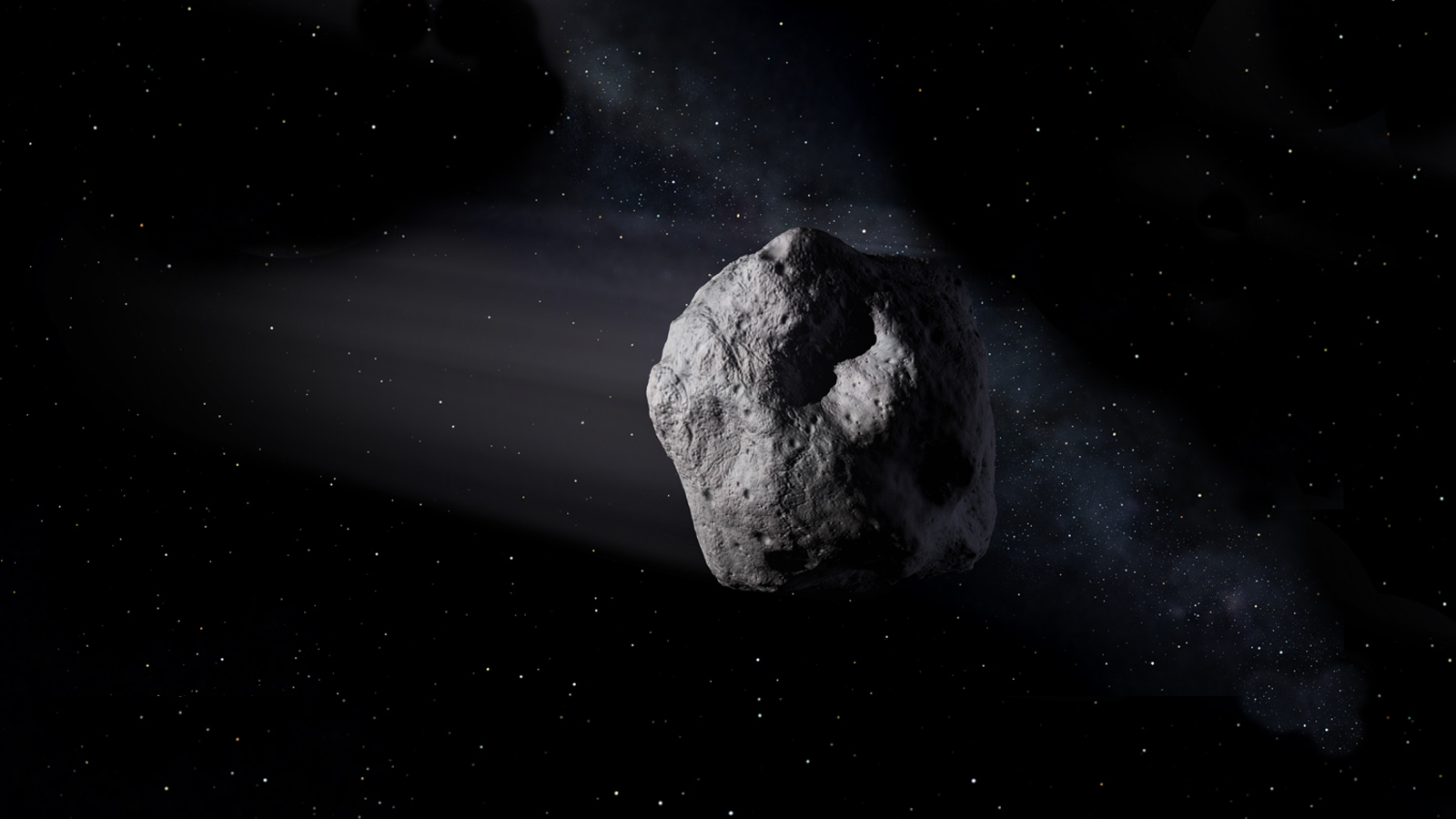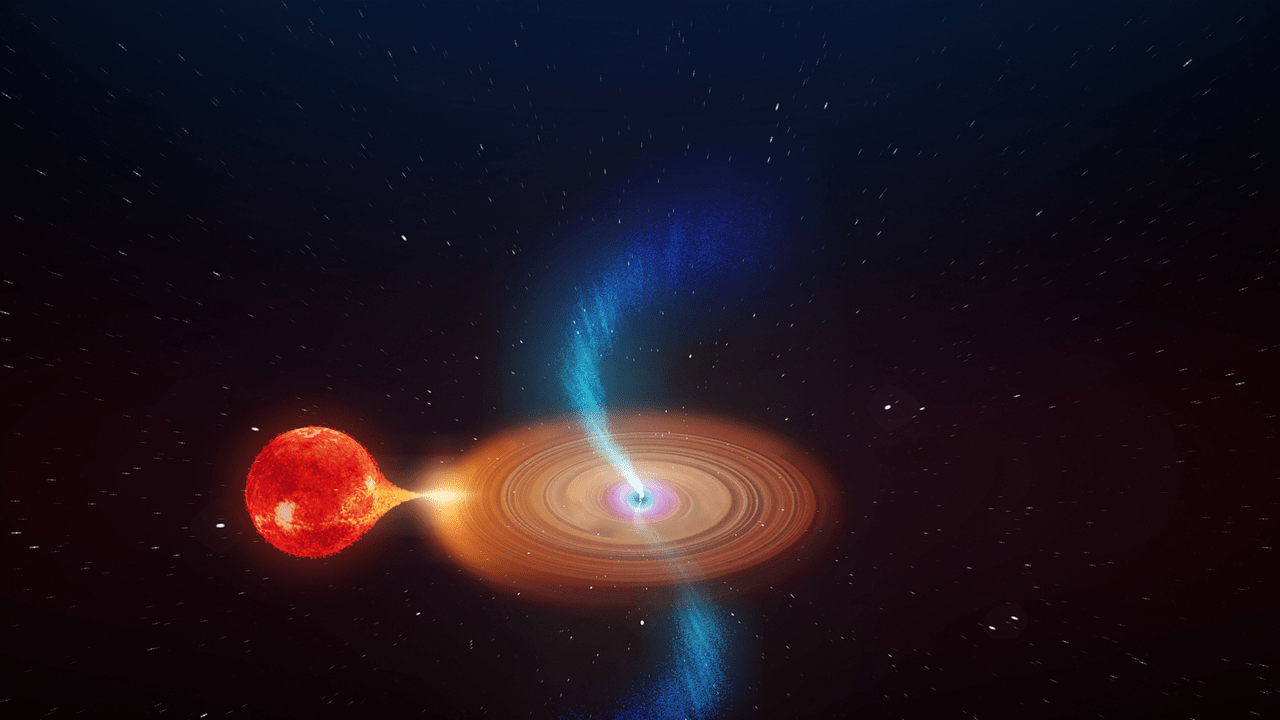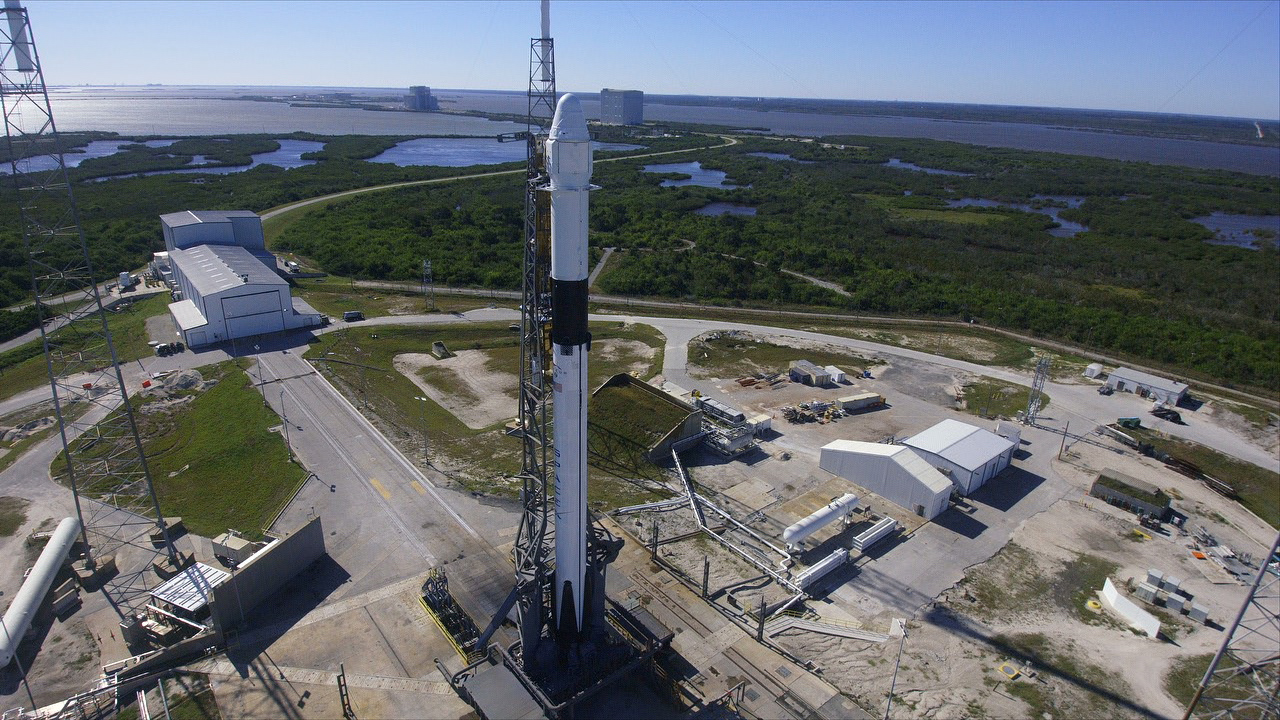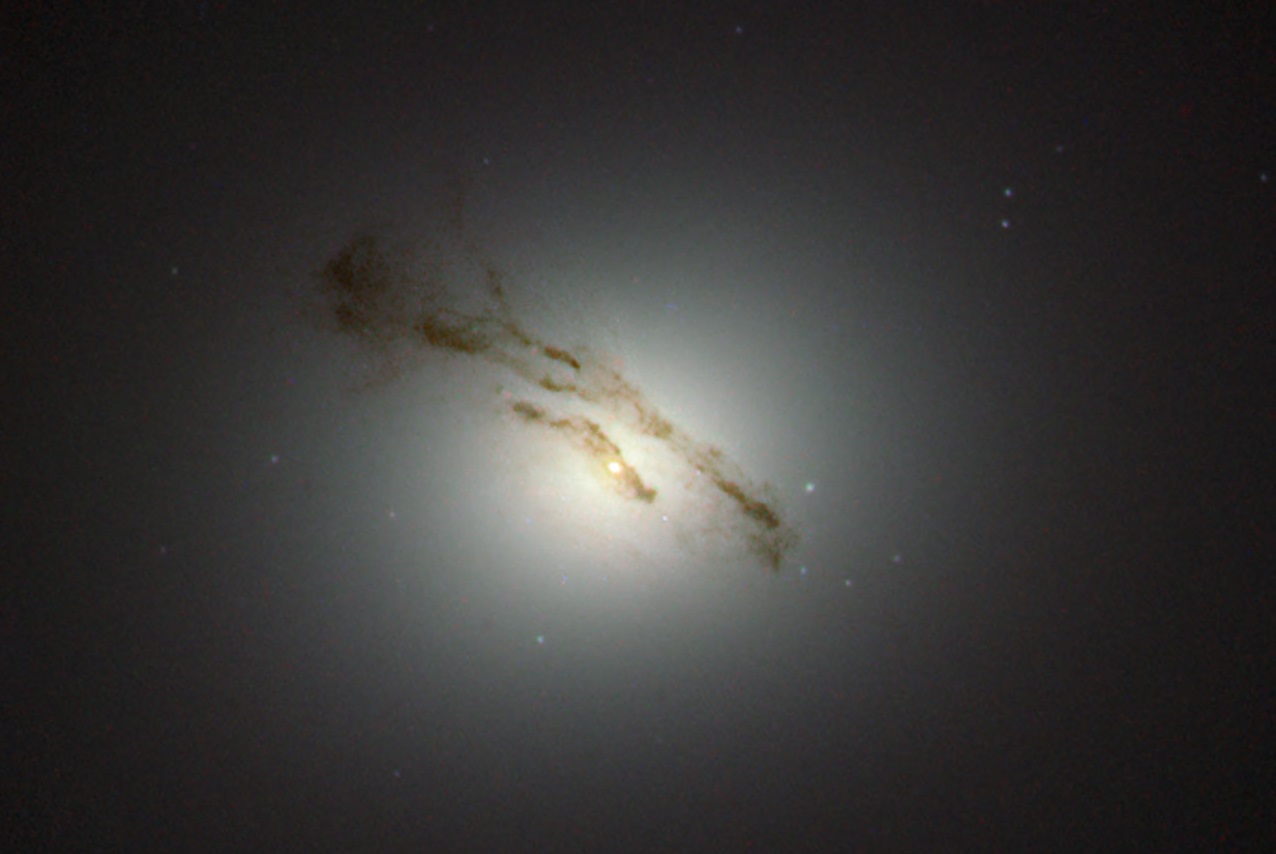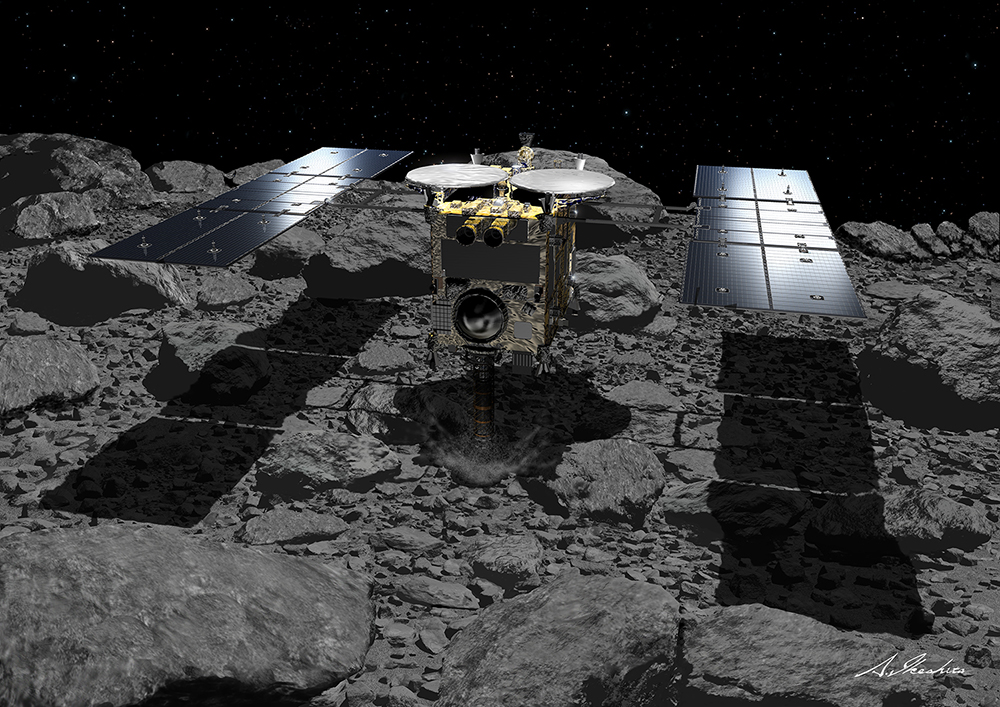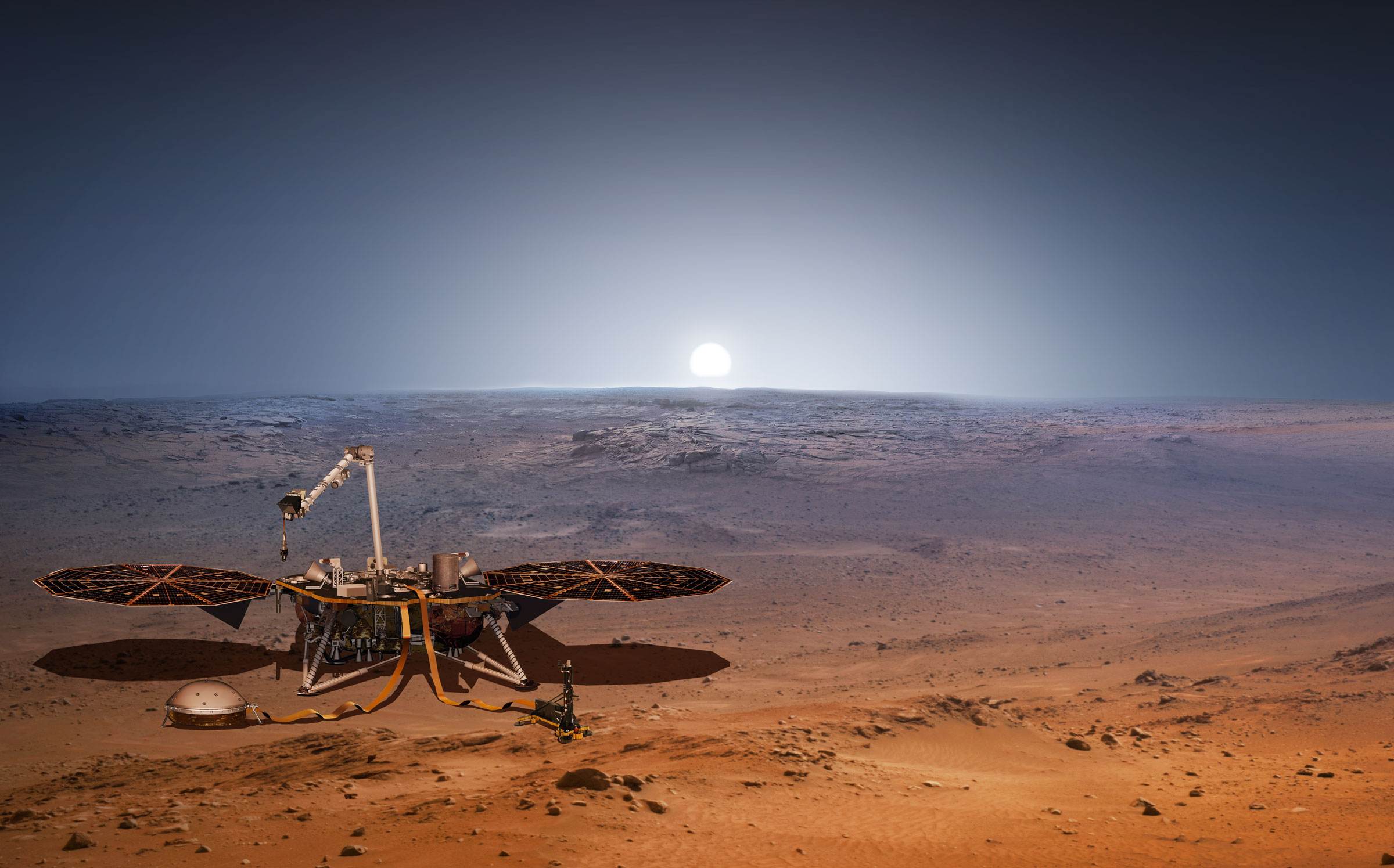Remember when Orson Welles’ 1938 radio show called “The War of the Worlds” fooled people into thinking that Earth was actually being invaded? That was fun.
Now, the ESA (European Space Agency) is tempting fate by live-tweeting the hypothetical approach of the hypothetical asteroid 2019PDC and hypothetically planning a hypothetical response to this hypothetically destructive asteroid. In their hypothetical scenario, 2019 PDC has a 1 in 10 chance of striking Earth in 2029. And you can follow the action on Twitter.
Continue reading “The World’s Space Agencies are Responding to a Hypothetical Asteroid Impact. You Can Watch it all Unfold Online.”
